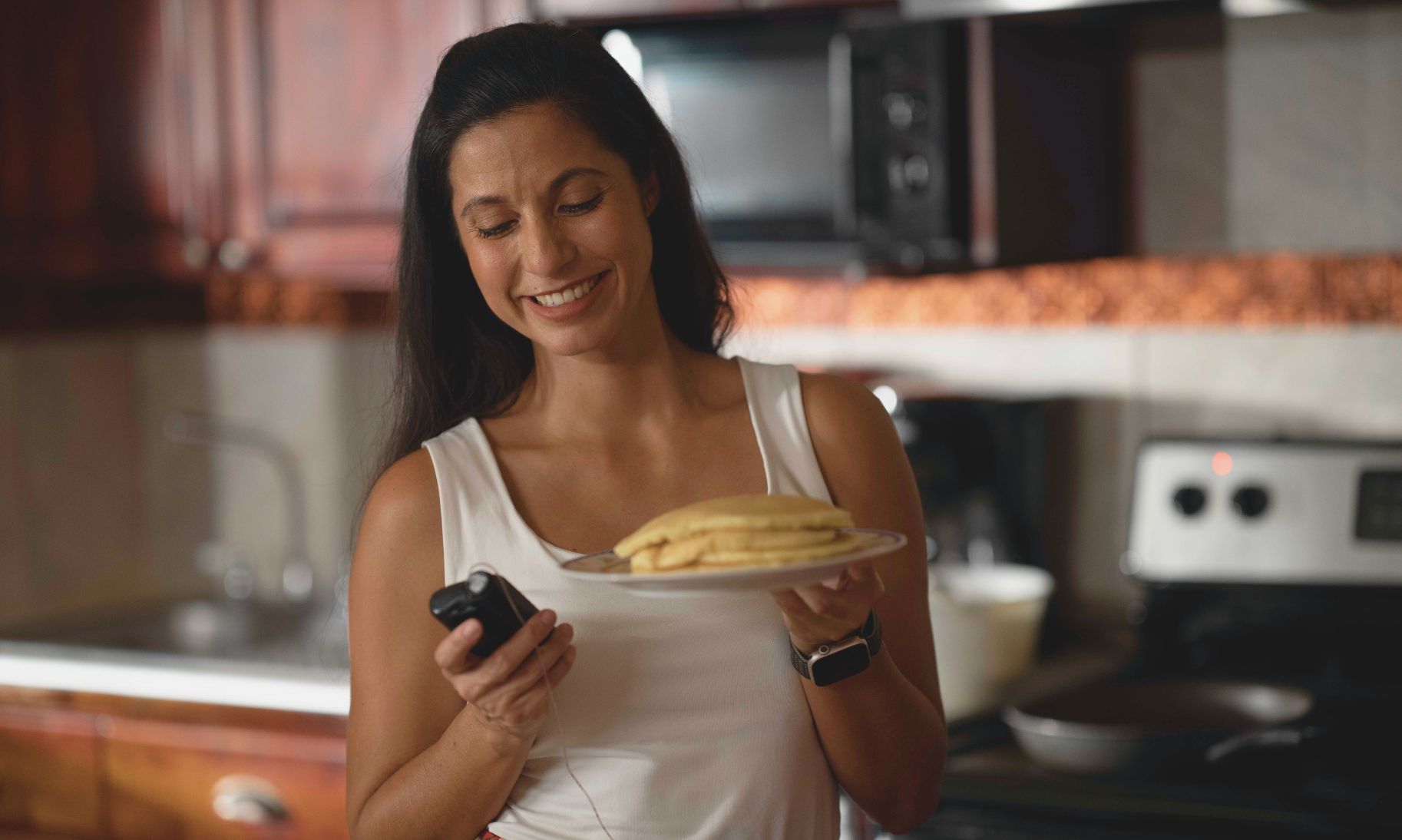4 features of the Bolus Wizard

A lot of our customers give credit to the Bolus Wizard being one of their favorite features of their insulin pump because it takes out a lot of the guess work involved in day-to-day boluses. Guess work like, how much insulin is stacked up since the last time I gave a bolus to bring down my high blood glucose? Or how much insulin do I need to take for these carbohydrates I’m about to eat?
You’re probably familiar with the Bolus Wizard function on your pump, but do you use all of its features – carb ratio, insulin sensitivity, blood glucose (BG) target, and active insulin time? Let’s dig in a little deeper.
These features have the capacity to program different settings (up to 8!) for various times of the day to take into account your daily glucose variations and personal goals throughout the day. Working closely with your healthcare team to program these settings into your pump, you’ll only need to enter your current BG reading and number of carbs you’re about to eat or drink to utilize the benefits of the Bolus Wizard. Often times, healthcare teams look at both basal amounts and bolus settings when making insulin pump adjustments to meet your diabetes management needs, so it’s important to be familiar with the settings involved with your bolus amounts.
Carb ratios
An important part of your diabetes management is determining how much insulin you’ll need to cover the amount of carbs you’re about to eat or drink. Because carb ratios may vary throughout the day and will rarely stay the same over a long period of time, your pump allows you to program up to 8 different carb ratios. If you count your carbs, this ratio is the amount of carbohydrate grams covered by one unit of insulin, and ranges between 1 and 200 grams per unit. For example, if your ratio is 1:15, you’ll need one unit of insulin for every 15 grams of carbohydrates you eat. New to carb counting, or need a refresher? Here are 5 tips on how to count your carbs. If you count exchanges, this ratio is the amount of insulin you’ll need to cover one carb exchange, and ranges between 0.075 to 15 units per exchange.
Insulin sensitivity
Your insulin sensitivity is the amount your BG level is reduced by one unit of insulin, and is used to calculate a suggested insulin dose to correct a high BG. Similar to how your carb ratio varies throughout the day, your insulin sensitivity may also fluctuate over 24 hours. For example, you might not need as much insulin in the middle of the night if you need to correct a high BG. To account for these variations, your pump allows you to program up to 8 different insulin settings.
Target blood glucose range
Your target BG range may also vary throughout the day and night, so your pump will allow you to program up to 8 different BG targets each day. For example, you may have a specific target in the middle of the night, which might vary from your daytime targets. If your current BG is entered in to the pump and it’s above your current set range, the Bolus Wizard may calculate a correction dose recommending how much insulin you might need to bring your BG down to the high end of your BG Target Range. Or if your current BG is below your BG range, the feature may calculate a negative correction and subtract it from your food bolus to bring you to the low end of your current BG Target range.
Active insulin time (hours)
Active insulin is the bolus insulin that has already been delivered to your body, but is still working to lower your glucose level. The active insulin time setting lets the pump know how long insulin continues to work in your body. It calculates the amount of active insulin and subtracts the active amount before estimating a bolus. For example, if you recently had a snack and then checked your glucose before eating your next meal and before your previous insulin dose has had its full effect, your pump accounts for the insulin you’ve already taken to ensure that you get the correct dose. This may help prevent hypoglycemia caused by over-correcting for a high BG. Still not sure what this all means? You might like this blog post, “Explaining Active Insulin”.
If you haven’t set up the Bolus Wizard on your pump, work with your healthcare team to determine the settings that are best for you. Did you learn anything new about the Bolus Wizard feature? Let us know in the comments below!
IMPORTANT SAFETY INFORMATION
Medtronic Diabetes insulin infusion pumps, continuous glucose monitoring systems and associated components are limited to sale by or on the order of a physician and should only be used under the direction of a healthcare professional familiar with the risks associated with the use of these systems. Successful operation of the insulin infusion pumps and/or continuous glucose monitoring systems requires adequate vision and hearing to recognize alerts and alarms.
Medtronic Diabetes Insulin Infusion Pumps
Insulin pump therapy is not recommended for individuals who are unable or unwilling to perform a minimum of four blood glucose tests per day. Insulin pumps use rapid-acting insulin. If your insulin delivery is interrupted for any reason, you must be prepared to replace the missed insulin immediately.
Medtronic Diabetes Bolus Wizard Feature
Do not use the Bolus Wizard to calculate a bolus for a period of time after giving a manual injection by syringe or pen. The Bolus Wizard does not account for manual injections, and could prompt you to deliver more insulin than needed. Too much insulin may cause hypoglycemia. Consult with your healthcare professional for how long you need to wait after a manual injection before you can rely on the active insulin calculation of your Bolus Wizard.
Please visit www.medtronicdiabetes.com/importantsafetyinformation for complete safety information.



